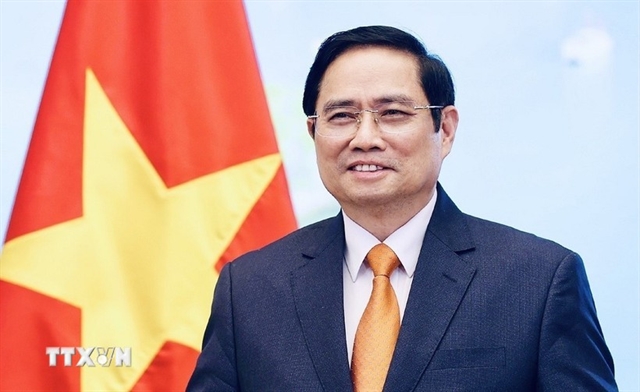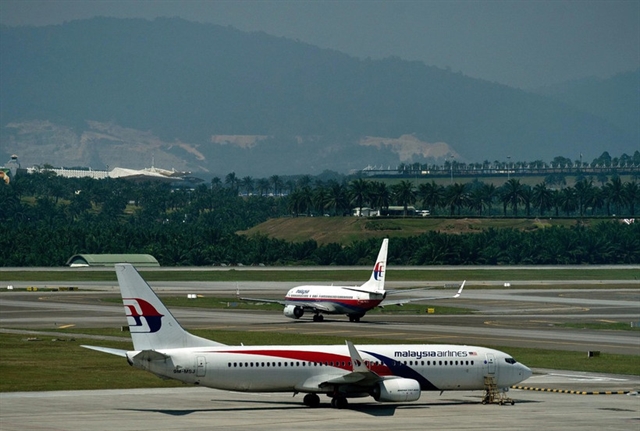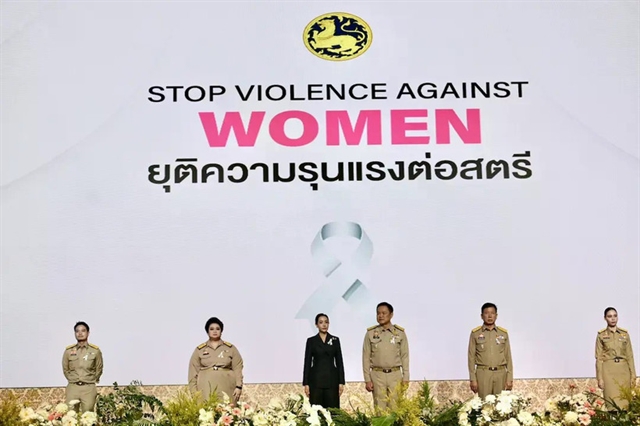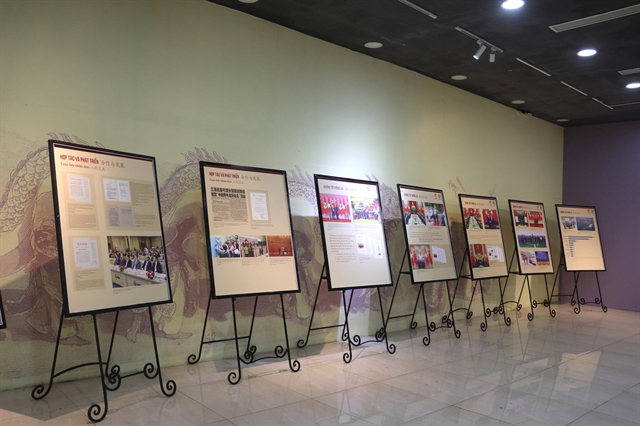 Life & Style
Life & Style
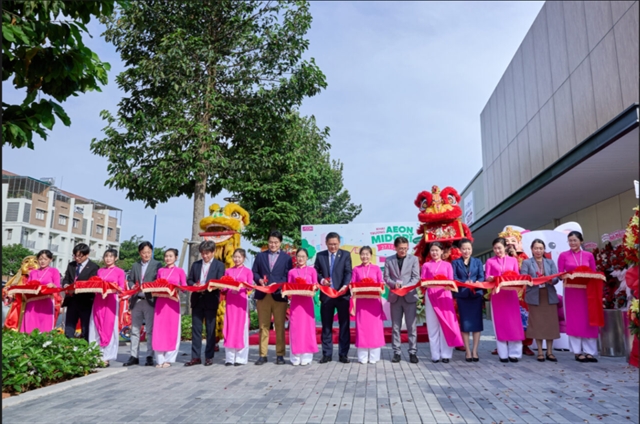
The joint project to restore Mỹ Sơn World Cultural Heritage Site in the central province of Quảng Nam is vivid evidence of the solidarity, friendship and effective cooperation between the Governments and peoples of Việt Nam and India, stated Indian Deputy Ambassador to Việt Nam Subhash P Gupta.
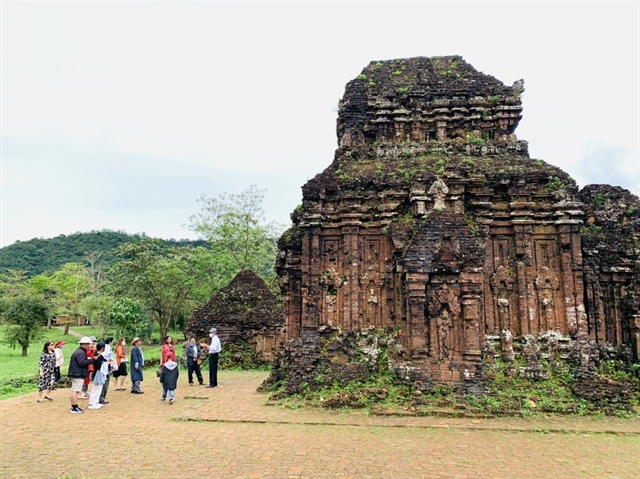
|
| The Mỹ Sơn World Cultural Heritage site has welcomed over 105,000 visitors so far this year, VNA/VNS Photo Đoàn Hữu Trung |
QUẢNG NAM The joint project to restore the Mỹ Sơn World Cultural Heritage site in the central province of Quảng Nam is vivid evidence of the solidarity, friendship and effective cooperation between the governments and peoples of Việt Nam and India, said Indian Deputy Ambassador to Việt Nam Subhash P Gupta.
Speaking at a recent ceremony in the province's Duy Xuyên District to conclude and hand over the project, the diplomat said that the project generated good results with all objectives completed.
Once the religious and political capital of the Champa Kingdom, Mỹ Sơn Sanctuary is located within a hilly landscape in Duy Phú Commune of Duy Xuyên District, about 70km southwest of Đà Nẵng and 40km from Hội An ancient town in Quảng Nam.
The temple complex, comprising eight groups of 71 monuments built between the seventh and 13th centuries, was recognised as a world cultural heritage by UNESCO in 1999.
The project to restore the site focused on preserving the three tower groups of A, H and K. It was implemented over six years with the assistance of Indian experts.
Phan Hộ, director of the Management Board of the Mỹ Sơn World Cultural Heritage site, said that the restored towers have become attractive destinations for domestic and foreign tourists.
During the restoration process, 734 artefacts were discovered, including unique items of Champa sculpture, which will bolster the research of Chăm cultural history. In particular, Indian and Vietnamese experts discovered an intact sandstone altar with a set of monolithic linga-yoni. This is the largest monolithic linga-yoni set of Champa sculpture found so far, and it is expected to be recognised as a national treasure.
Vice Chairman of the Quảng Nam People’s Committee Trần Văn Tân said that the project has helped enhance the management capacity of local officials and workers.
It has also enabled visitors to the heritage site to admire the unique value of Chăm art that flourished there without interruption from the seventh to 13th century as well as the results of the cooperation between Việt Nam and India, he noted.
The project, launched in 2017, has successfully restored the site, thus completing the architectural space of Mỹ Sơn.
So far this year, the site has welcomed over 105,000 visitors, surpassing the target by 110 per cent. VNS


